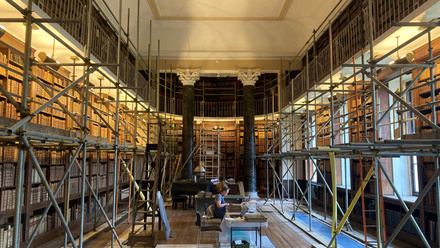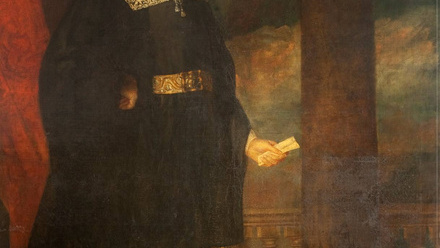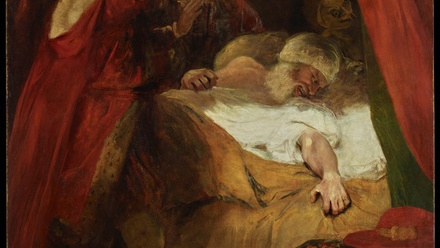Following an extensive restoration process, “The Little Fourteen-Year-Old Dancer” (c. 1880) by Edgar Degas is now back on display at the Albertinum, run by Staatliche Kunstsammlungen Dresden (SKD). Edgar Degas’s Dancer is an icon of art history, and her ballet skirt without doubt the most famous tutu in the world. It has now been replaced, while the sculpture has been cleaned and conserved, and paint losses retouched.
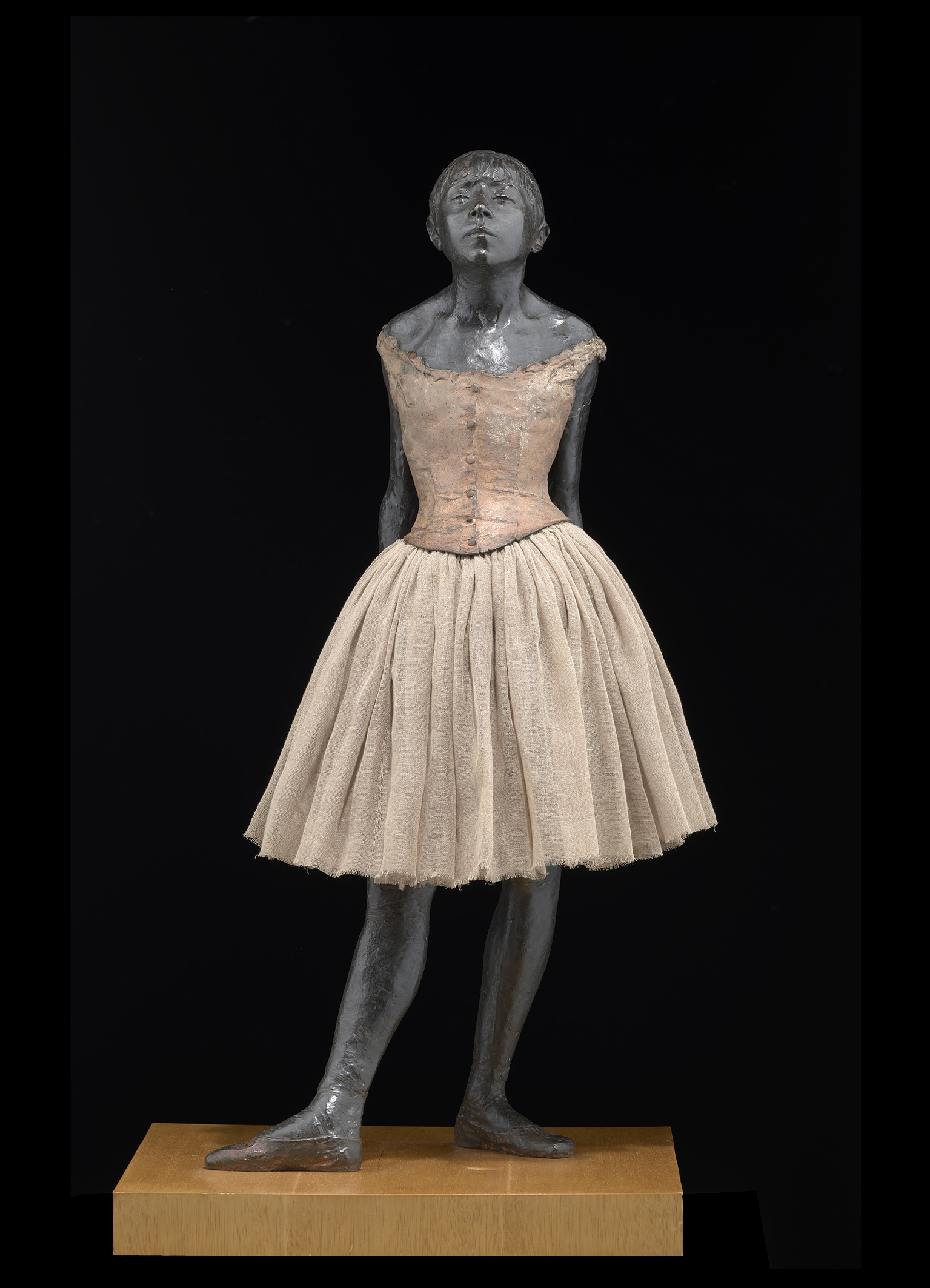
Edgar Degas, The Little Fourteen-Year-Old Dancer (Kleine vierzehnjährige Tänzerin), 1880
“The Little Fourteen-Year-Old Dancer” has stood in the permanent exhibition in the Albertinum for decades. Until recently, the metal surface had become dull, and clear signs of corrosion had begun to appear, especially on the Dancer’s face. The gallery’s temporary closure for renovation presented an opportunity to examine the figure carefully in the restoration workshop for the SKD’s Skulpturensammlung.
At the same time that the damage was assessed, art technological research was carried out to answer specific questions about the techniques and materials used to create the piece. To that end, photogrammetric images of the sculpture were also acquired and a 3D model created.
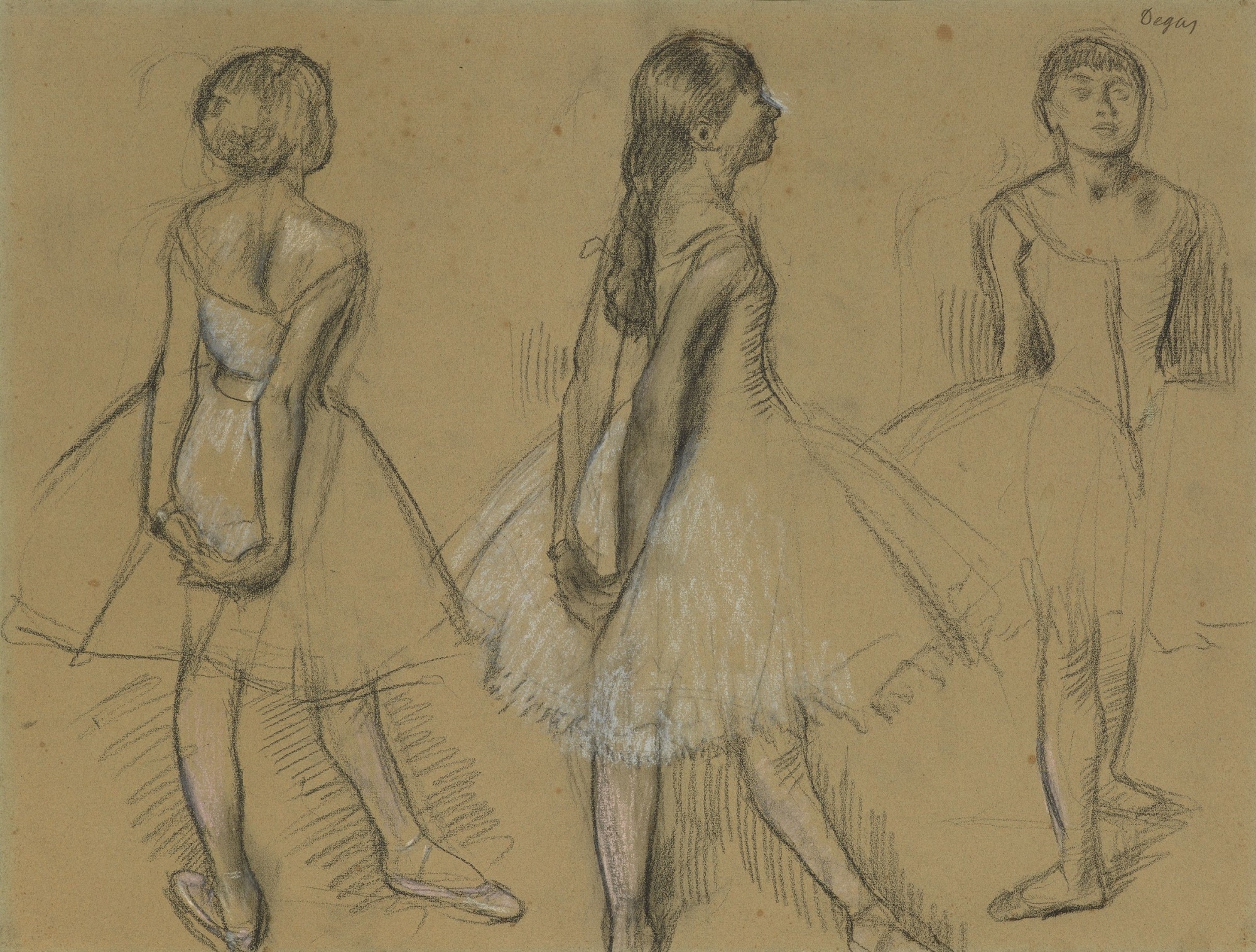
A method known as X-ray fluorescence (XRF) spectrometry was used to analyse the composition of the metal used, revealing among other things that it is brass and not bronze.
Other types of material analysis were carried out conjointly with the Archaeometric Laboratory at Dresden University of Fine Arts (HfBK), the main aim being to find the causes of the mysterious damage to the metal surface and the painting on the bodice. The metal beneath the tutu was also damaged by the disintegration of the material from which it was made. The replacement for the original, which was probably lost during the Second World War, was created in the 1960s using a polyamide fabric known in the GDR as “Dederon”.
During the restoration, the surface was carefully cleaned to remove the grey film covering it and reduce signs of corrosion. Finally, the entire surface of the metal was conserved by coating it with a protective layer of microcrystalline wax. The many dark areas of paint loss on the painted bodice were covered up by retouching them with special reversible paints.
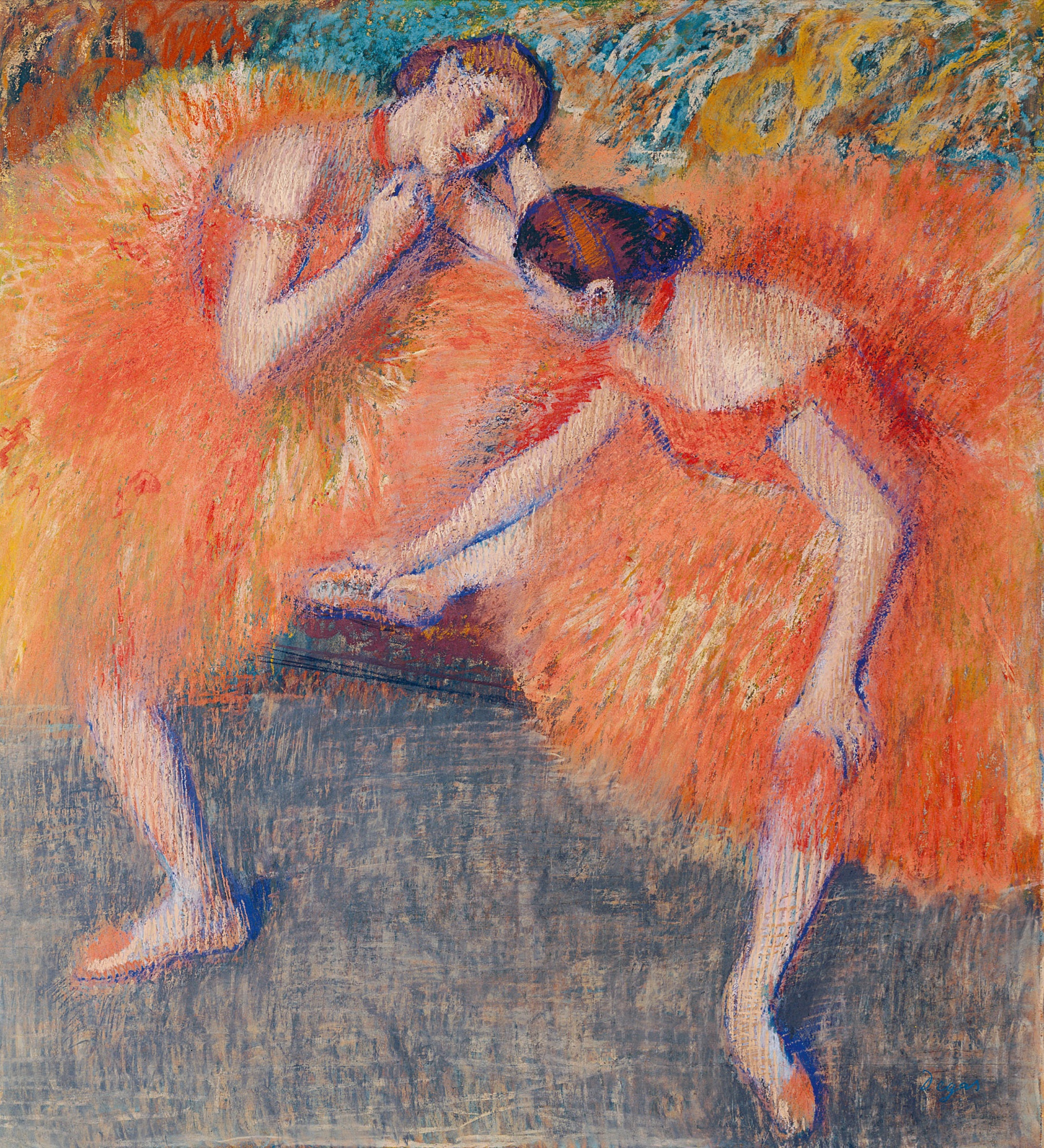
The very last, and most obvious, step in the restoration was to replace the old, damaged tutu. The new skirt, hand-sewn by the textile restorer Karen Klingbiel, posed a challenge for everyone involved, in every respect.
The tutus on the metal casts of “The Little Fourteen-Year-Old Dancer” that are known to exist have been replaced many times over the years, with a wide range of different designs. These are generally based on the wretched condition of the wax model found in Degas’ studio. The skirt, once probably white, was extremely dirty by that point and so badly damaged as to seriously distort the original length and shape.
As no records have survived to show how the original tutu looked, the versions made around the world reflect the broad range of constantly changing contemporary tastes and different ideas of attractiveness. They include long, short and drooping tutus, satin and bell-shaped skirts or even layered skirts, in anything from near-black to brilliant white.
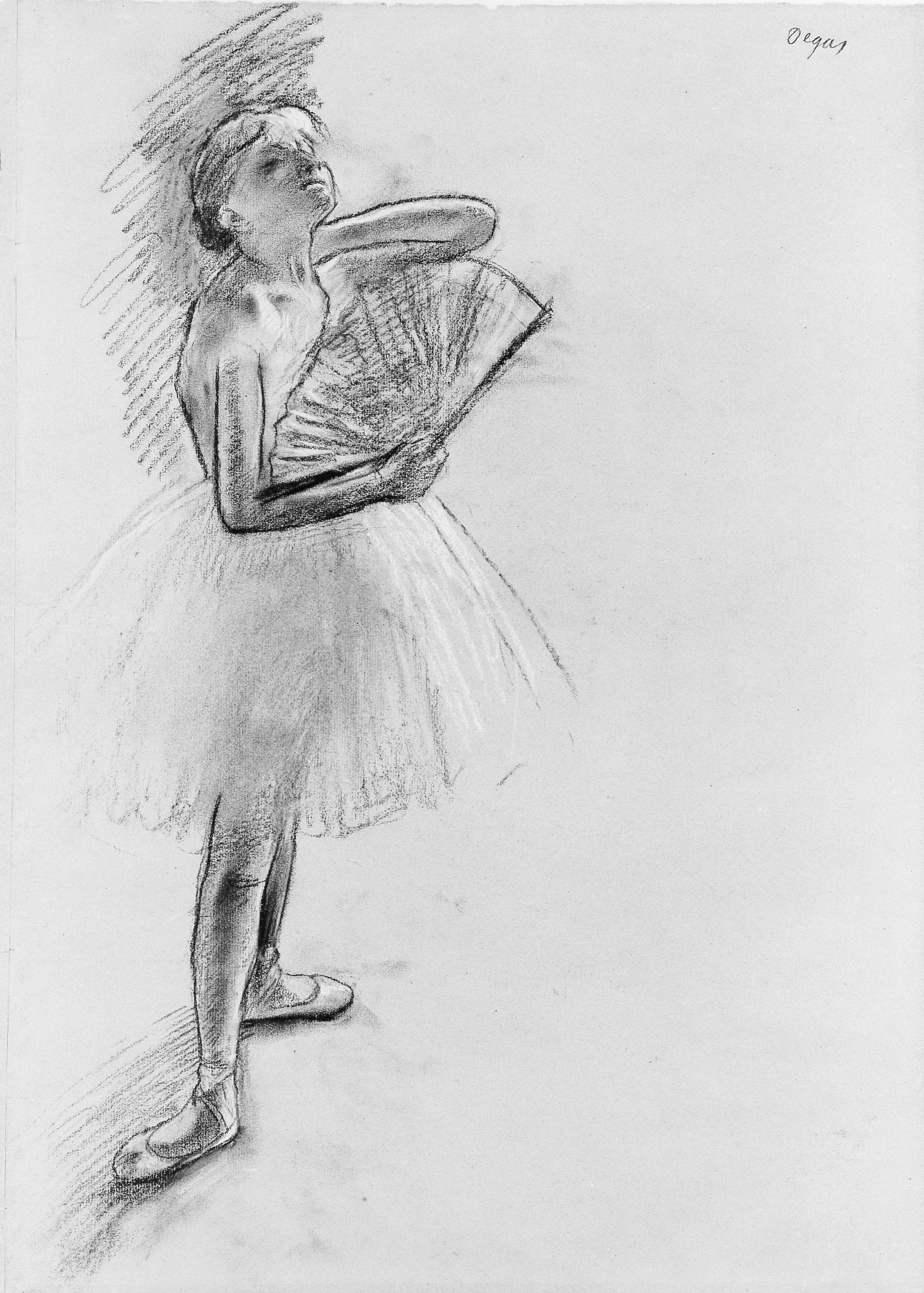
Ultimately, there is nothing to say what the “right” shape, colour and length of any new tutus might be. To mirror Degas’ intentions, other depictions of ballet dancers in his oeuvre were studied. This revealed that the old tutu was not in line with the representations found in the artist’s drawings and paintings. The new tutu is now longer than the old one, and comes close to what the artist depicted. Its colouring also matches the dark patina of the girl’s body and the pink hue of the bodice. The aim was for the different materials to come together to form a harmonious whole that unlocked the potential of the sculpture’s high artistic quality.
The painter Edgar Degas (1834–1917) was a self-taught sculptor. “The Little Fourteen-Year-Old Dancer” is probably his most famous sculpture and also the only one he exhibited in public during his lifetime. Displayed just once, for a single day at the Sixth Impressionist Exhibition in Paris in 1881, it sparked outrage due to its realism. Degas had modelled the Dancer in wax, adding real attributes such as the tutu, actual hair and ballet shoes. The original can be found to this day in the National Gallery of Art in Washington. It caused a stir because of the materials used, previously known only from wax museums rather than art. Critics also complained that the artist had given his Dancer the common features of a working-class child, which were perceived as ugly, vulgar and ultimately provocative. Degas thus broke with existing conventions in two different ways. As a result of this criticism of his work, he never exhibited another sculpture again in his lifetime.
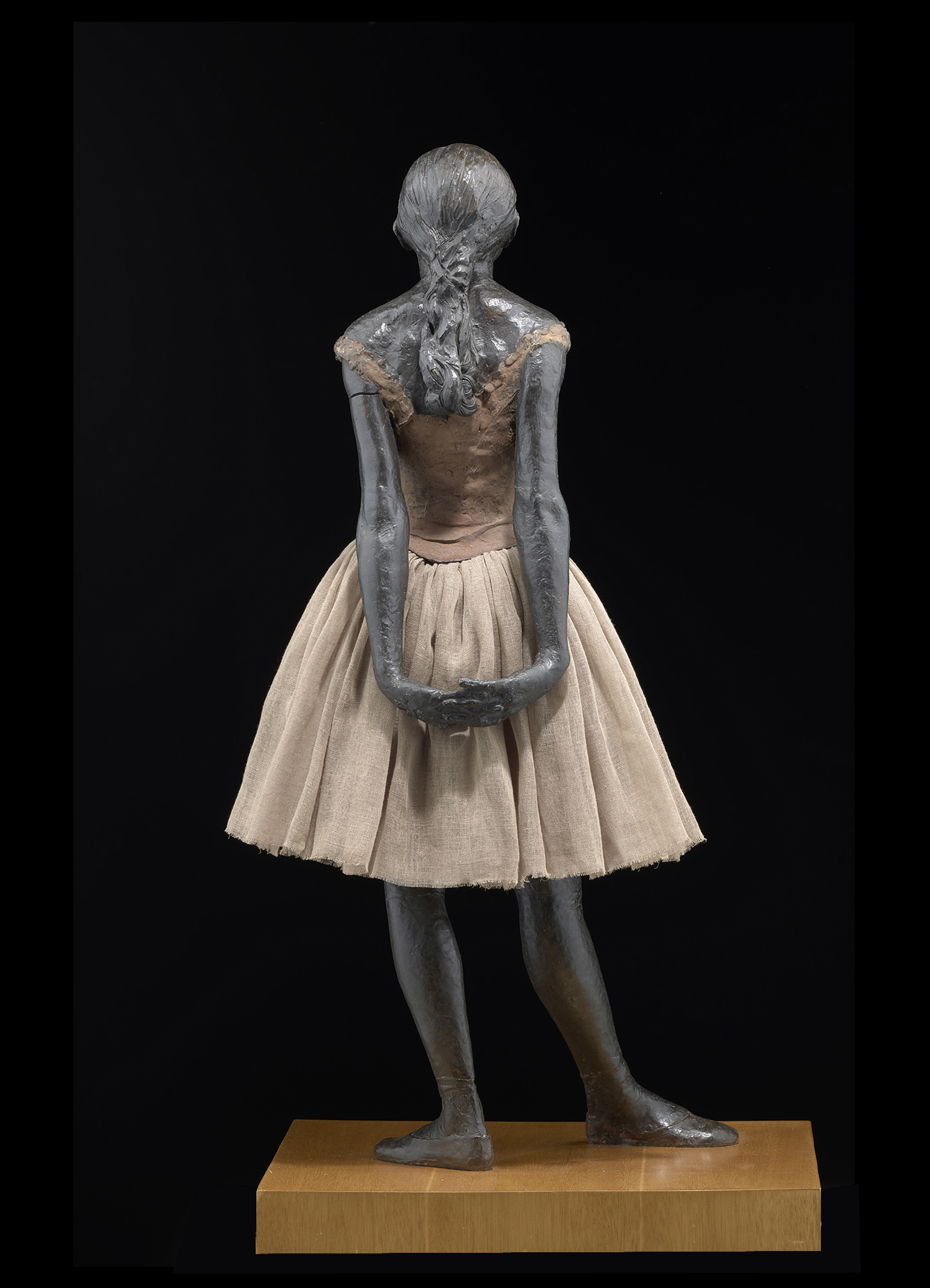
“The Little Fourteen-Year-Old Dancer” in Dresden is one of 30 metal casts around the world that are known to have been made after 1921, i.e. after the artist’s death. In these posthumous versions, the bodice and ballet shoes were painted pink and yellow, and the sculpture adorned with a fabric tutu and a hairband. The Dresden cast was exhibited in 1926 at the International Art Exhibition in Dresden and acquired for the SKD from the famous Flechtheim gallery.
The tutu was replaced thanks to financial support by PARAGONE DRESDEN e. V., the association of friends of the pre- and post-1800 Skulpturensammlung.




